Conservation and transformation project
A LITTLE PIECE OF ITALY
The history of St Vincent’s Church is a fascinating one. It sits in an area of the city known as the ‘Crofts’. At the heart of the iron and steel industry, the area was populated by Irish Catholics who were attracted by the work available in the prosperous cutlery and tool industries. The area they settled in was overcrowded and poor. Despite the hardship, funds were raised for the building of a church and the foundation stone of St Vincent’s was laid in 1856.
Terrazzo can be used on floors and walls. It consists of different coloured marble chippings set into cement with colour pigments added, giving a marbled or mosaic effect. There is a lengthy series of processes involved in its creation. The final polishing process was all carried out by hand using stones wedged into a cast iron frame, on the end of a long pole. This contraption was known as a ‘gagliara’, meaning ‘strong and vigorous movement’. It was extremely demanding physical work – all of which would be done today using machines. Today, fine examples of original terrazzo and mosaic can be found around Sheffield as a direct legacy of these Italian immigrants.
The history of St Vincent’s Church is a fascinating one. It sits in an area of the city known as the ‘Crofts’. At the heart of the iron and steel industry, the area was populated by Irish Catholics who were attracted by the work available in the prosperous cutlery and tool industries. The area they settled in was overcrowded and poor. Despite the hardship, funds were raised for the building of a church and the foundation stone of St Vincent’s was laid in 1856. During this era, Sheffield also experienced a large influx of Italian immigrants. It was a hard time in Italy and many chose to leave their homeland in search of a better life. Small communities sprang up around the UK, usually known as ‘Little Italy’, where Italian families helped each other, marrying within their community and maintaining their culture and language. West Bar was Sheffield’s Little Italy. Many of the people there were skilled mosaic and terrazzo workers and marble fixers. Quite an industry sprang up as a result.
THE DECLINE
The church celebrated its centenary in the 1950s in fine style but, by the 1980’s, there was concern for the future of St Vincent’s. Its parishioners had moved away from the immediate area and were raising funds for a new church nearer to their homes. A decade later, the Vincentian Fathers withdrew from Sheffield and, in 1996, the church closed its doors for the last time.

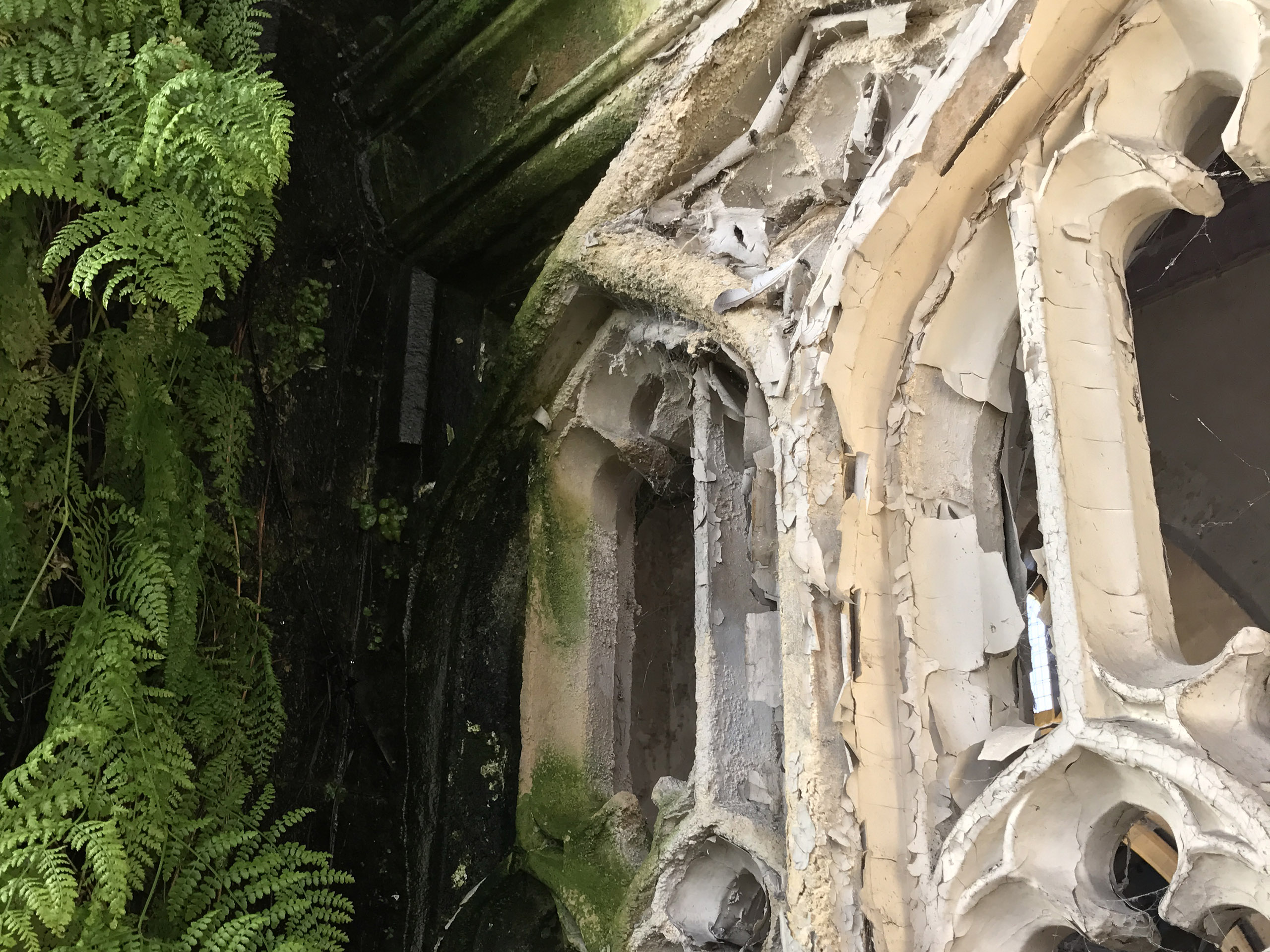
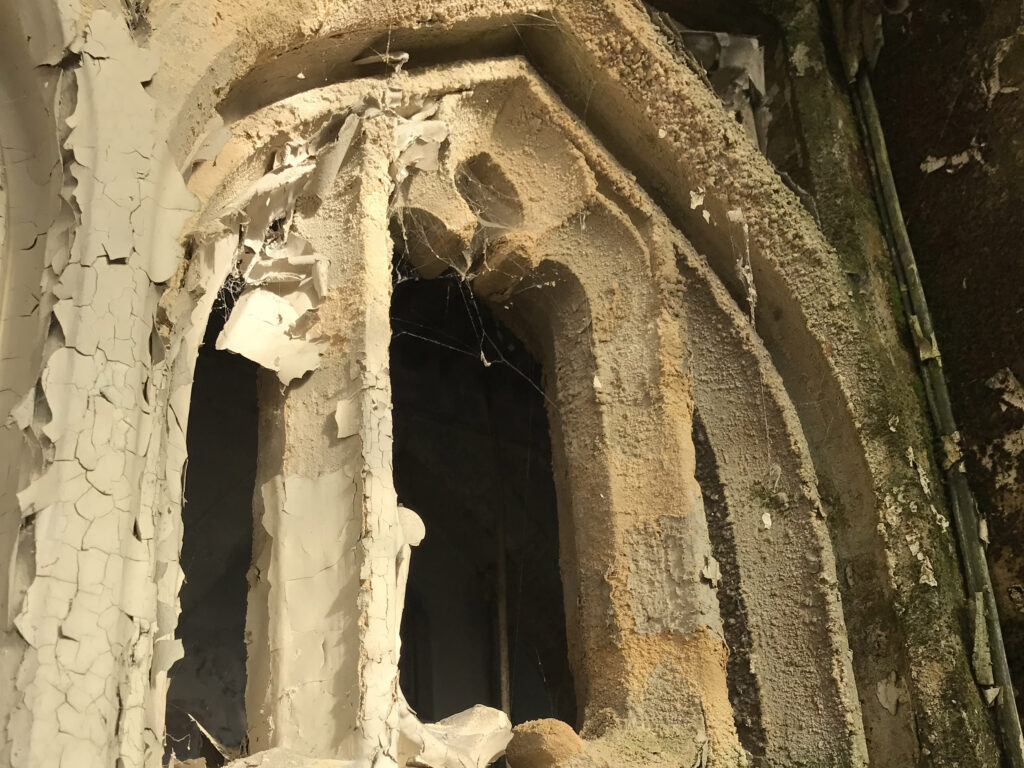
SECURING A NEW FUTURE FOR THE BUILDING
By 2016, the fabric of St Vincent’s had entered a rapid decline. Water ingress and general neglect of
the building was taking its toll in quite a dramatic fashion.
OUR WORK HERE
OUR WORK HERE

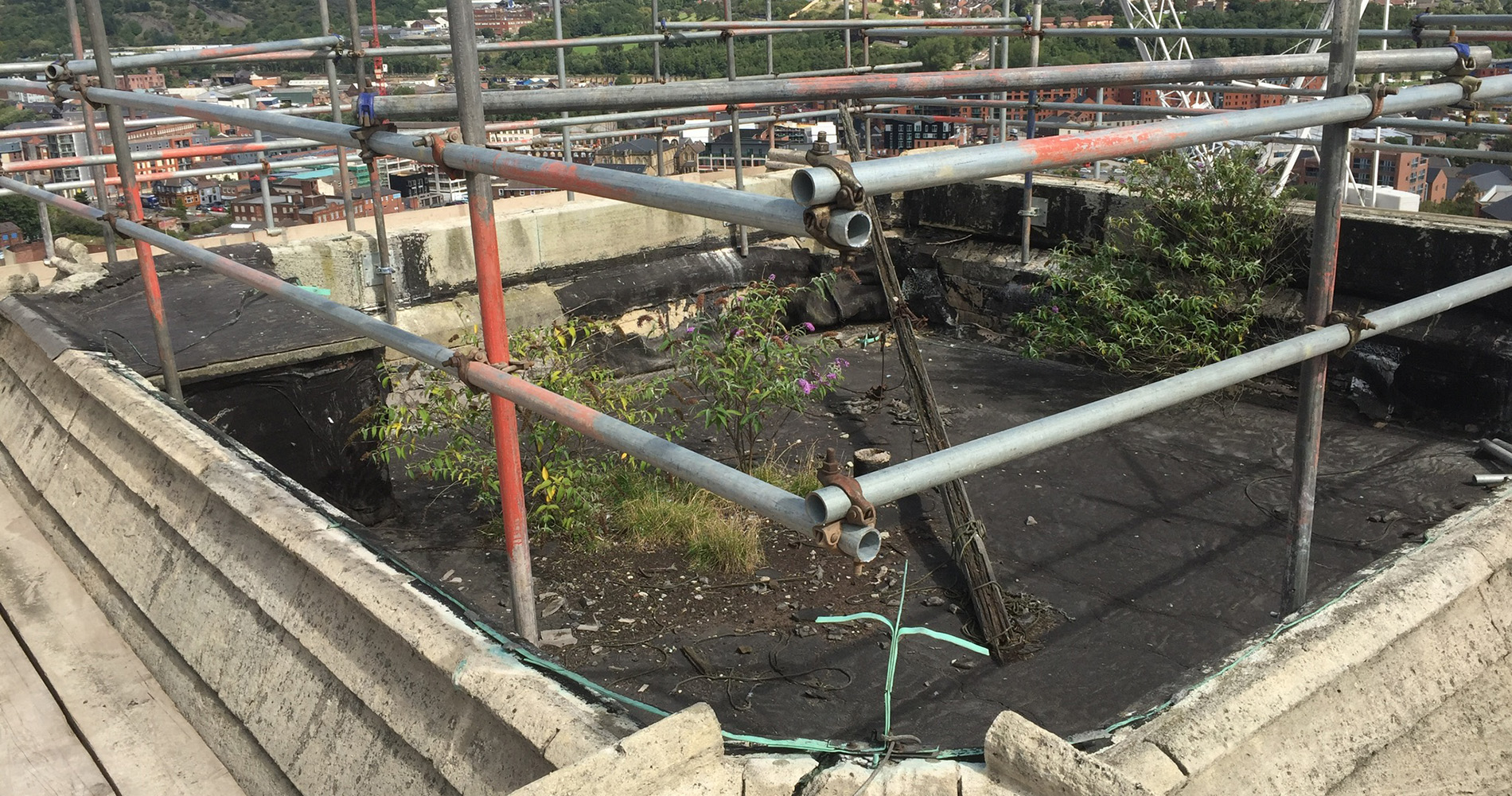
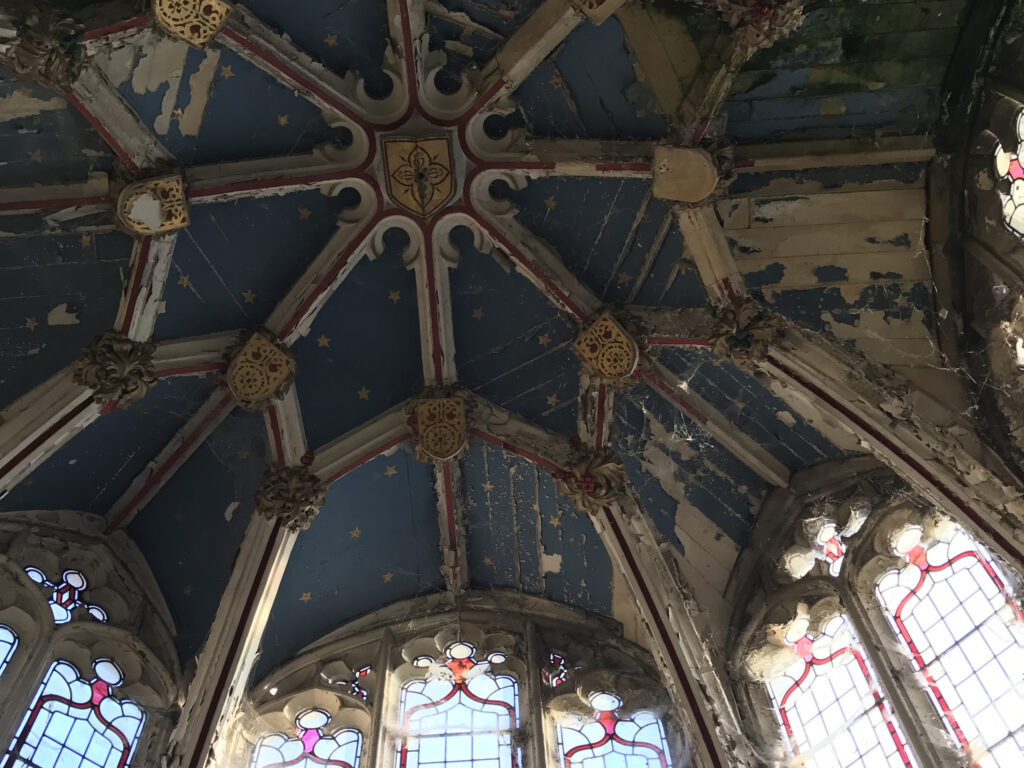
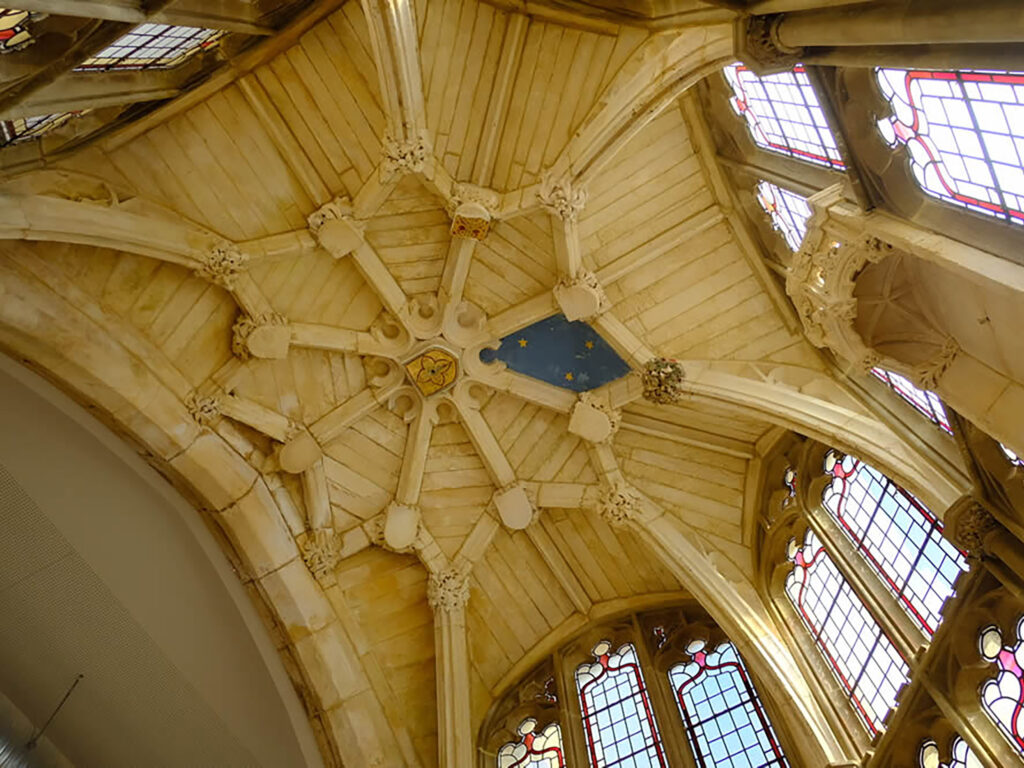
SAVING THE ITALIAN FEATURES
Elsewhere, terrazzo was cleaned, repaired and reinstated where appropriate. Victorian tiled floors were cleaned and repaired, and marble was returned to its former glory through careful cleaning.
Gilded mosaic panels in the Chapel of the Sacred Heart had suffered damage as a result of water ingress and encroaching vegetation. The panels were carefully removed, strengthened with reinforcing grout, repaired and reinstated in their original position.
Nearby original marble panelling was in danger of collapse. It was taken off and reinstated with stainless steel fixings.








